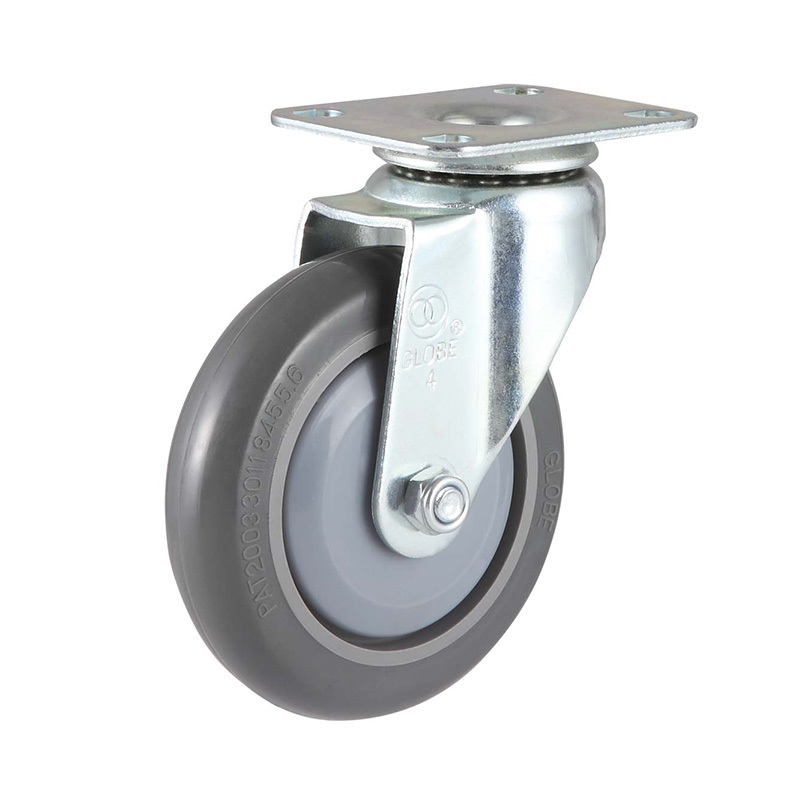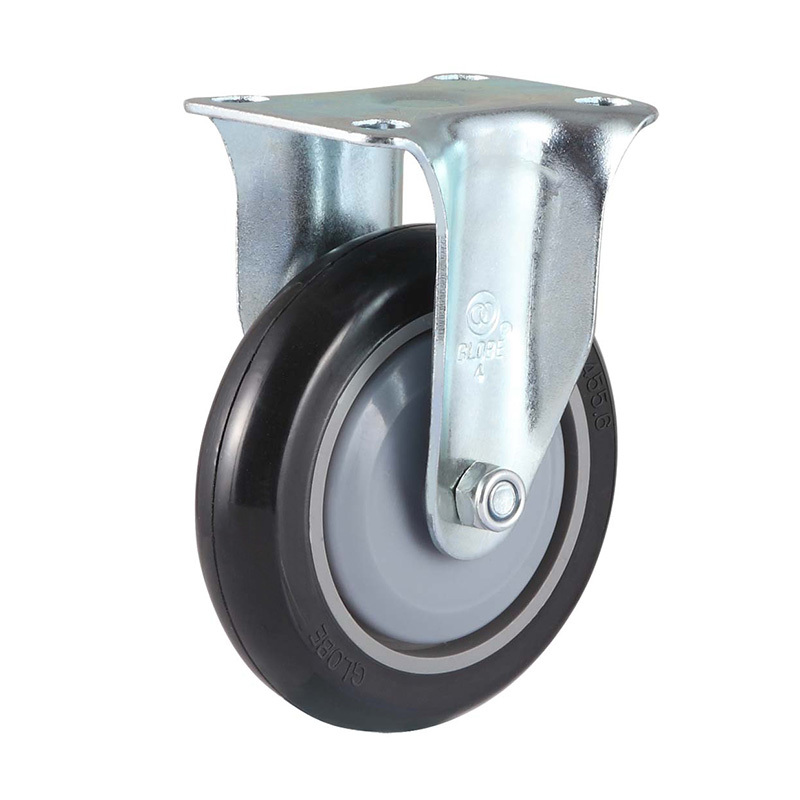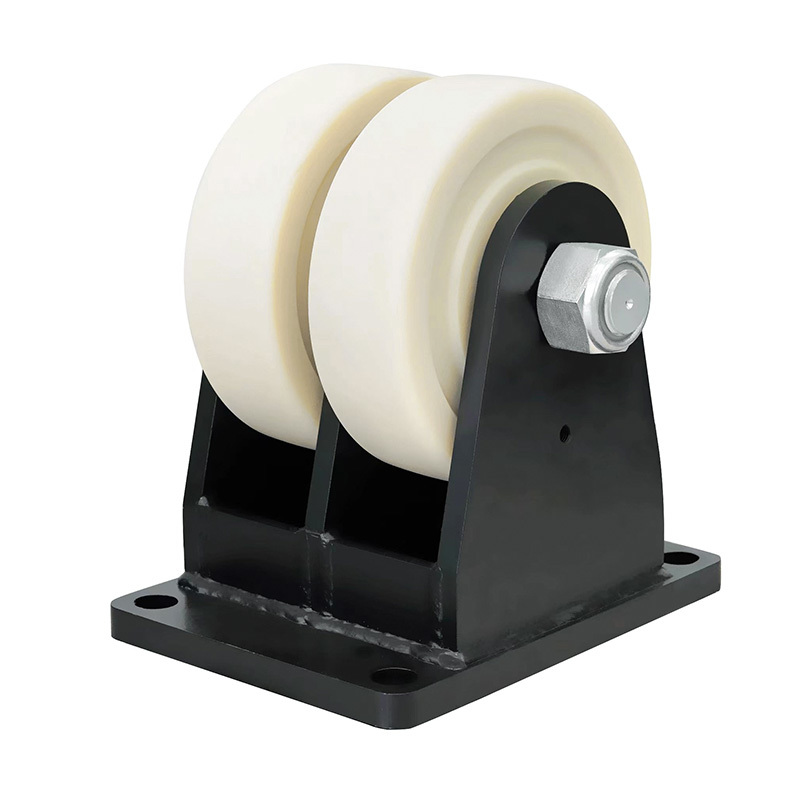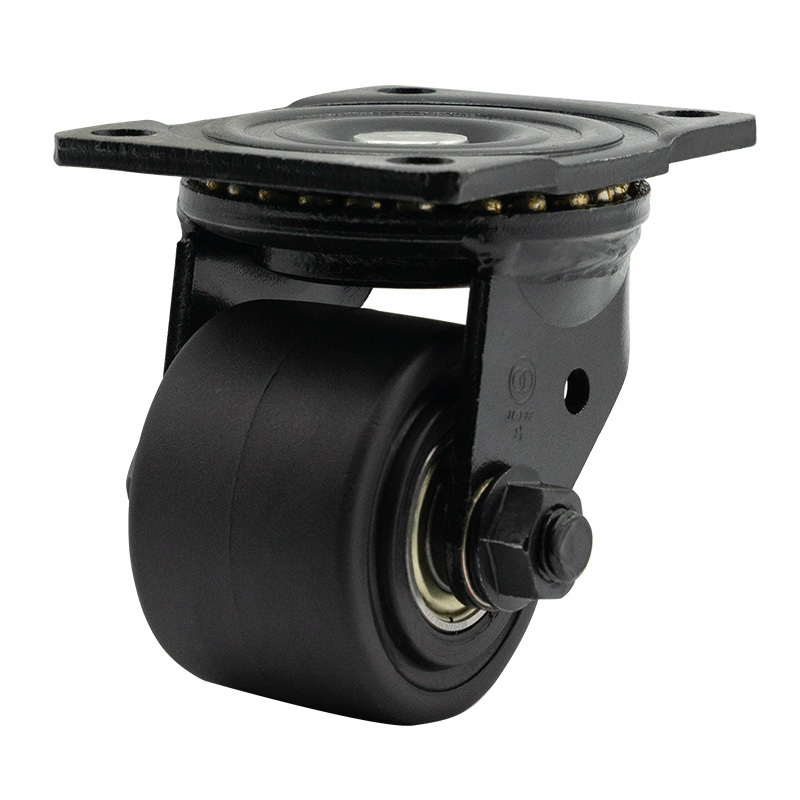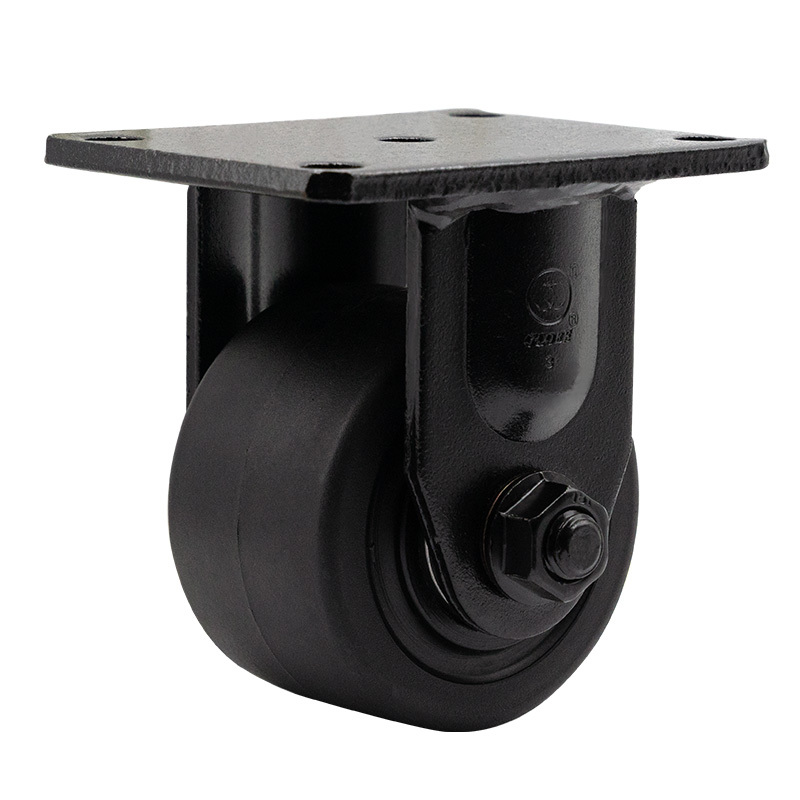Top 10 Caster Questions Frequently Asked by Customers
Time:Jun 04,2025
Many customers have questions about casters during daily use. To help everyone better understand casters, we have compiled and summarized these questions. We hope the following content can provide you with some reference.
01. What is the general surface treatment of caster brackets?
The most common bracket colors on the market are two: silver and black. Silver brackets are usually plated with a layer of zinc or chromium through electroplating. Black brackets are generally treated using electrophoresis. In addition, there is a higher-end caster that uses powder coating technology, and its color can be customized according to the customer's specific needs, but the price is relatively high. Whether it is electroplating, electrophoresis or powder coating technology, the main purpose is to prevent the surface of the bracket from rusting.
Electroplated products:
Electrophoretic products:
02. What are the common braking methods for casters?
Caster braking functions can be roughly divided into three types: wheel brake, directional brake, and dual brake.
Wheel brake This braking device is installed on the wheel bushing or wheel surface and is operated manually or by foot. When the brake is applied, the wheel cannot rotate, but it can still be steered.
Directional brake This is a braking method in a swivel caster, used to fix the swivel caster in a certain direction, so that it maintains the same direction of travel.
Dual brake As the name suggests, this braking method can lock the movement of the wheel and fix the rotation of the disc, which is a more comprehensive braking function.
03. Do iron core wheels and cast iron wheels have a greater load capacity than other wheels?
In fact, iron core wheels and cast iron wheels do not necessarily have a greater load capacity than other wheels. With the advancement of technology, injection-molded wheels can also have good load-bearing capacity.
04. Are rubber wheels (ER wheels) softer than polyurethane wheels (PU wheels)?
Rubber wheels (ER wheels) are not necessarily softer than polyurethane wheels (PU wheels). The hardness of the material can be adjusted as needed. Some manufacturers' rubber wheels are even harder than nylon wheels. Therefore, rubber casters are also divided into hard rubber and soft rubber. When purchasing casters, if there are no special requirements, soft rubber material is usually the default.
05. Are dual bearings more stable than single bearings, and are single bearings faster rotating?
Dual bearings are usually used in high-end products, and they are superior to single bearings in terms of stability, noise reduction, and load-bearing capacity. Single bearings can be regarded as a simplified version of dual bearings. Although their performance is slightly inferior, the price is relatively more affordable.
07. What factors affect the flexibility of casters?
Many factors affect the flexibility of casters, which can be roughly divided into the following categories:
A. Wheel size: The larger the wheel diameter, the more flexible the rotation, and the easier it is to push.
B. Bracket eccentricity: The larger the eccentricity of the bracket, the higher the flexibility of the caster, but the corresponding load-bearing weight will be reduced.
C. Wheel material: On a flat surface, hard material wheels rotate more flexibly; on an uneven surface, soft wheels are more labor-saving.
D. Wheel surface area: The smaller the contact area between the wheel and the ground, the more flexible the rotation. Therefore, many wheels use a curved surface design to reduce the contact area with the ground.
E. Bearing type: Bearings are generally divided into single ball bearings, double ball bearings, roller bearings, and Torrington bearings. Single ball bearings and double ball bearings rotate flexibly and are suitable for use in quiet environments; roller bearings have a large load-bearing capacity but generally low flexibility; Torrington bearings are suitable for humid and corrosive environments, but have greater resistance and generally low flexibility.
08. What should be noted when installing casters?
Ensure that the casters are installed in a horizontal position;
For swivel casters, ensure that the rotation axis is vertical;
For fixed casters, ensure that the two wheels are parallel and perpendicular to the frame.
09. When using four casters at the same time, is it the load capacity of one caster multiplied by 4?
When four casters are used at the same time, the actual safe load is not simply the load capacity of one caster multiplied by 4. Because when the road surface is uneven, only three casters may be on the ground, and in this case, only these three casters bear the entire weight. Therefore, the actual safe load is generally based on the sum of the parameters of three casters.
10. What factors need to be considered when choosing casters?
A. Ground conditions: Casters are usually used on flat ground. If the ground is uneven, or there are hard objects, iron filings, etc., then harder casters such as iron wheels or nylon wheels should be selected.
B. Site environment: If the use environment contains acidic or alkaline substances, or the ground has special requirements, it is generally recommended to use polyurethane casters. In environments with higher temperatures (60° and above), high-temperature resistant casters or iron wheels should be selected; in low-temperature environments of -30°, rubber wheels are more suitable.
C. Surrounding environment: If the usage scenario requires low noise, then softer, elastic polyurethane, artificial rubber, etc. material casters should be selected, such as in offices, hospitals, floors, quiet workshops, and densely populated transportation channels in shopping malls, etc.
The above content is compiled based on frequently asked questions from customers, and we hope it will be helpful to you. If you have any other questions, please feel free to leave a message, and we will provide you with professional answers.
Previous article



